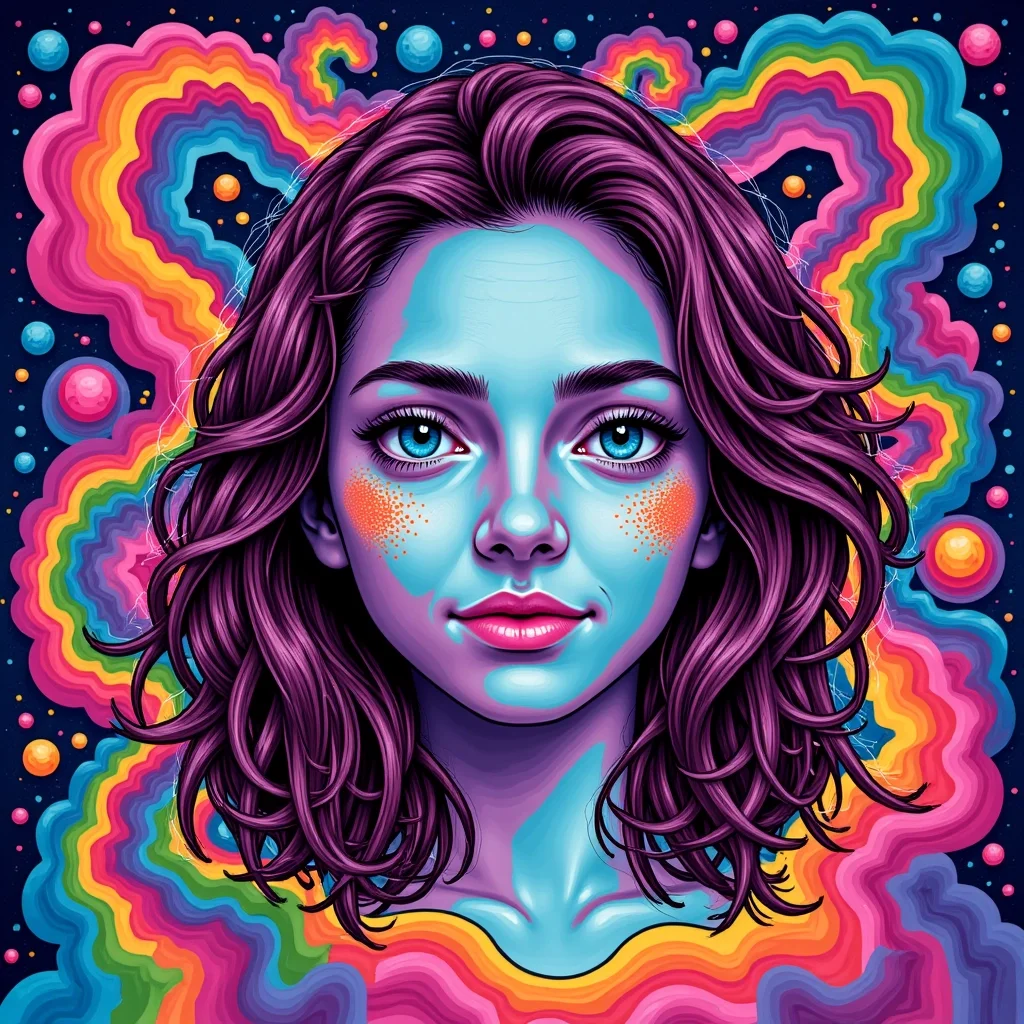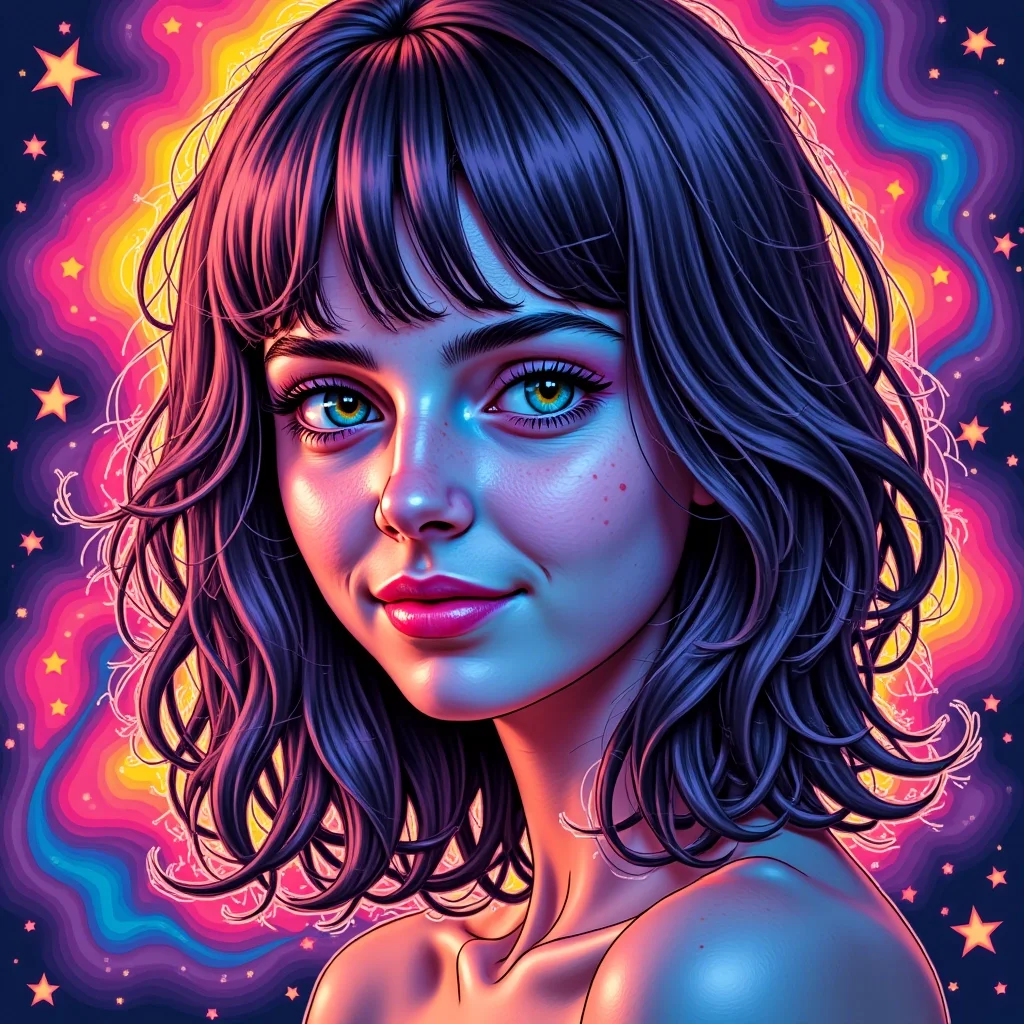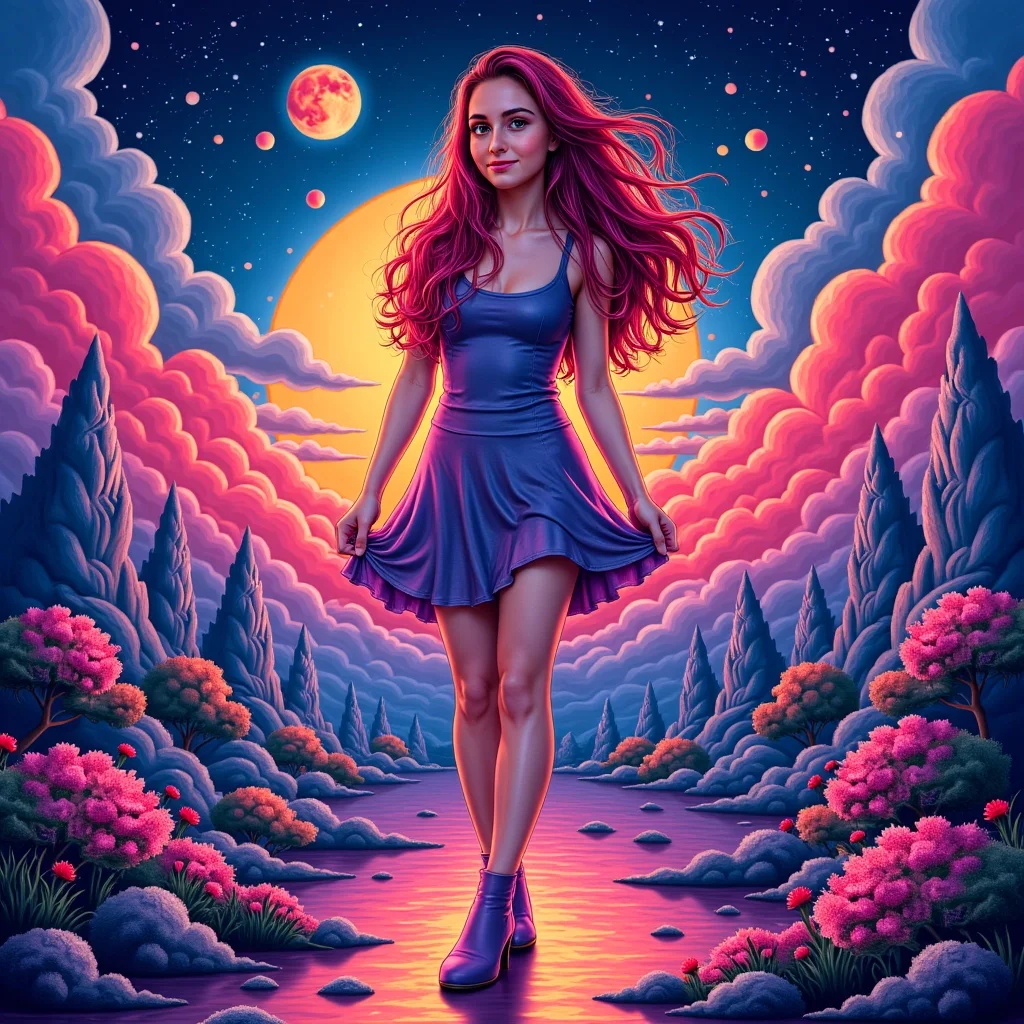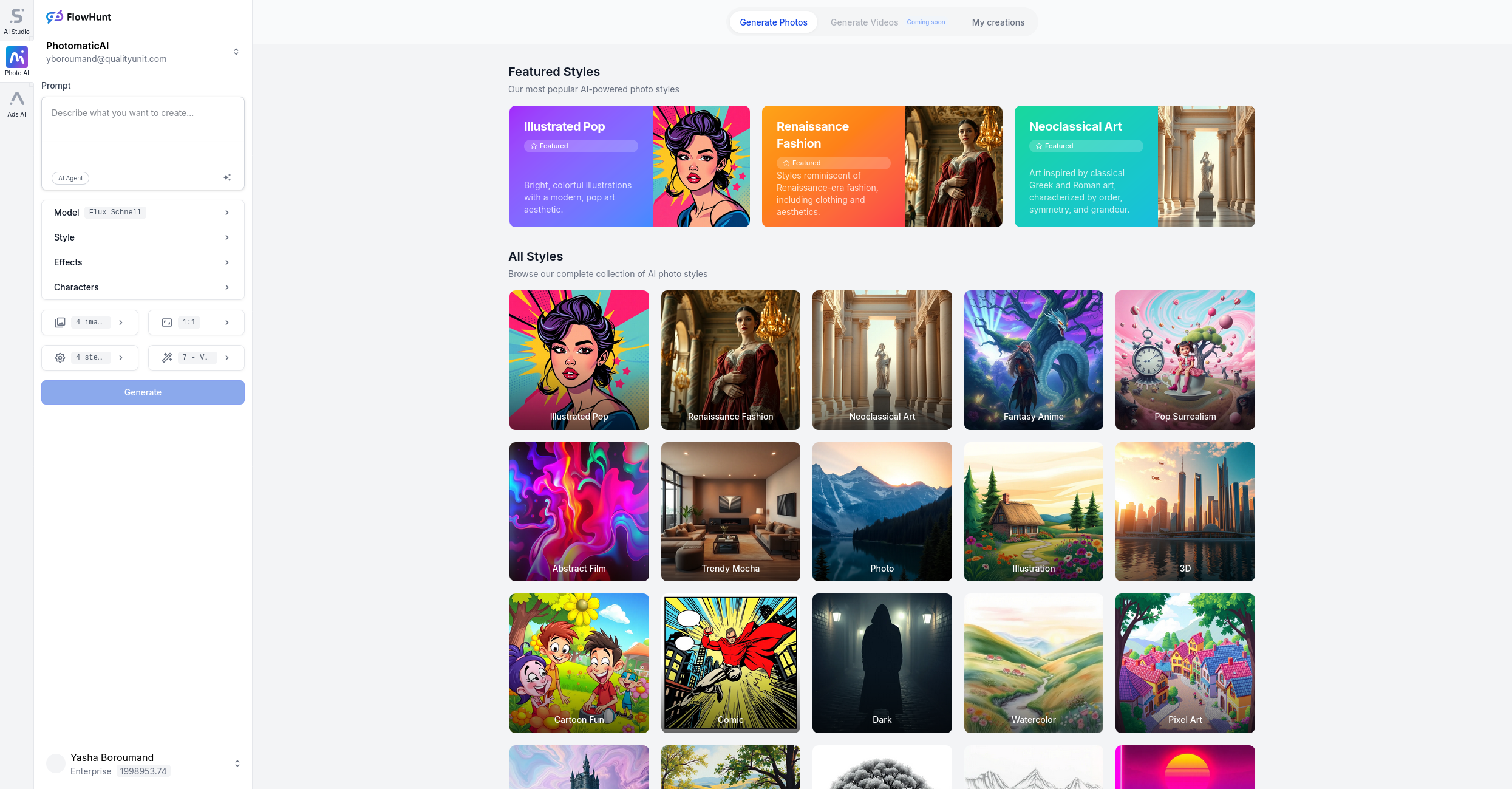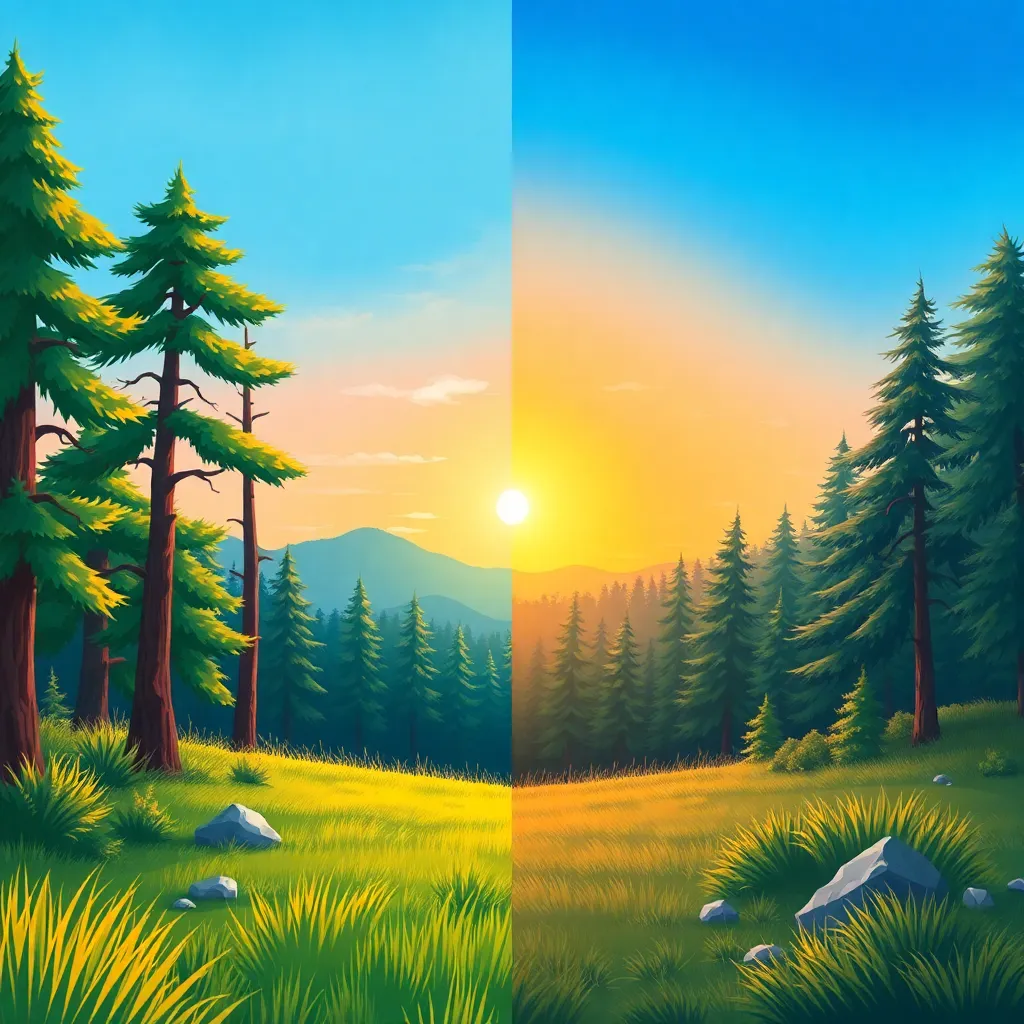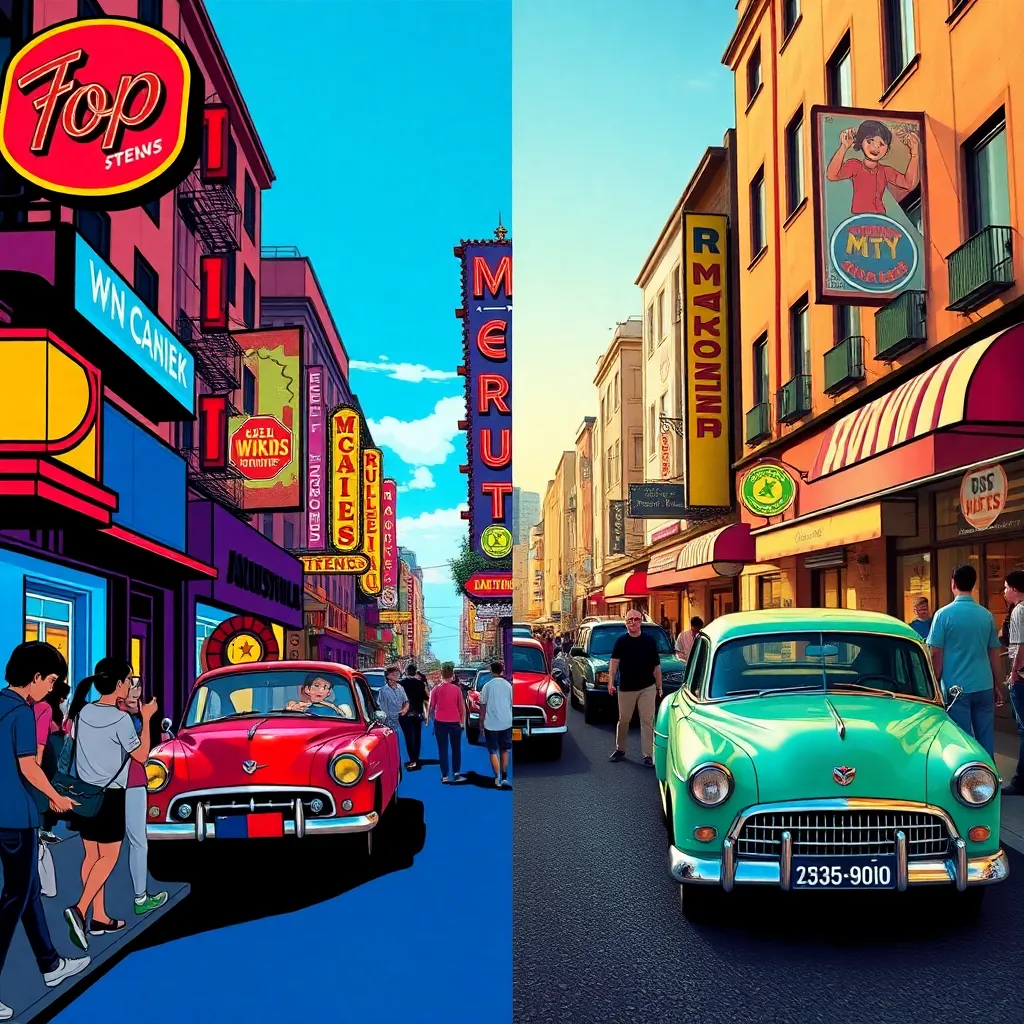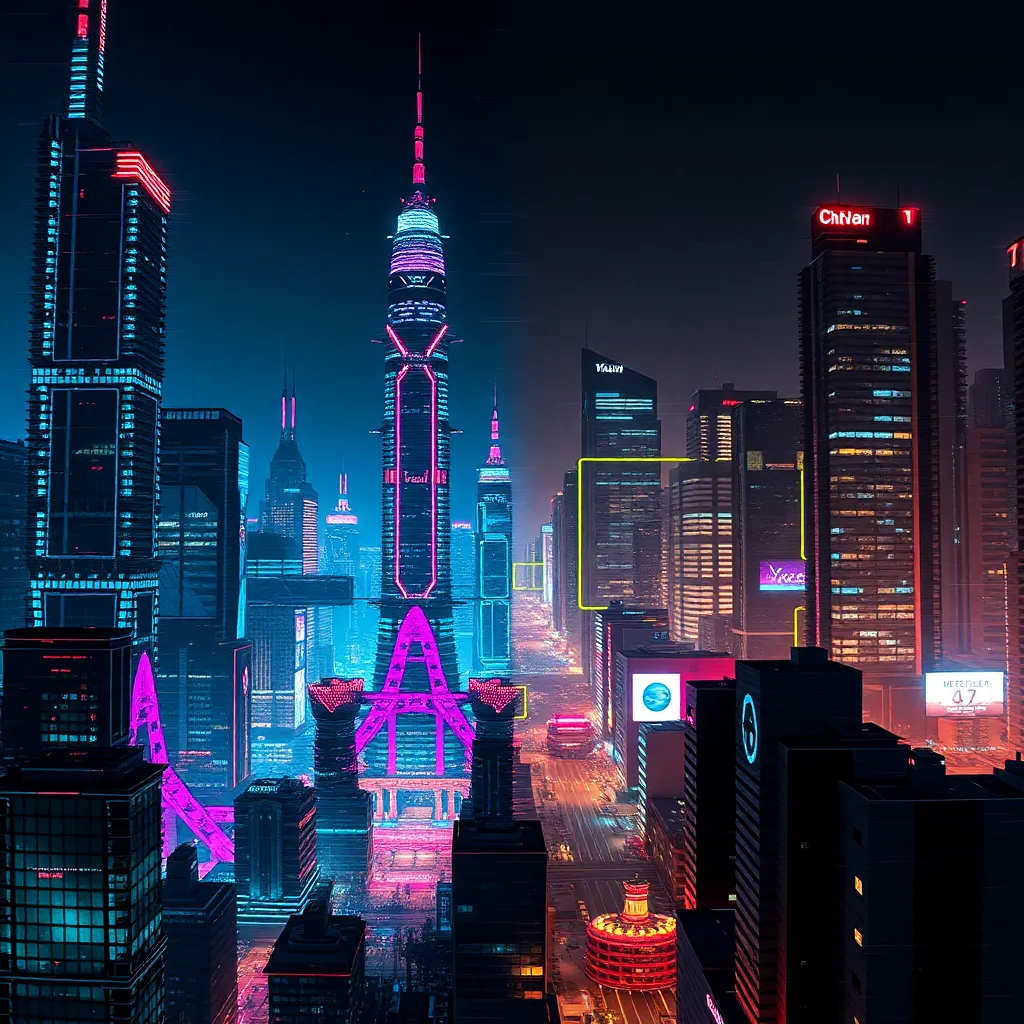
Glitch Art AI Image Generator
Glitch Art Style is a visually striking effect characterized by digital distortions, pixelation, color shifts, and visual artifacts, evoking the aesthetics of c...
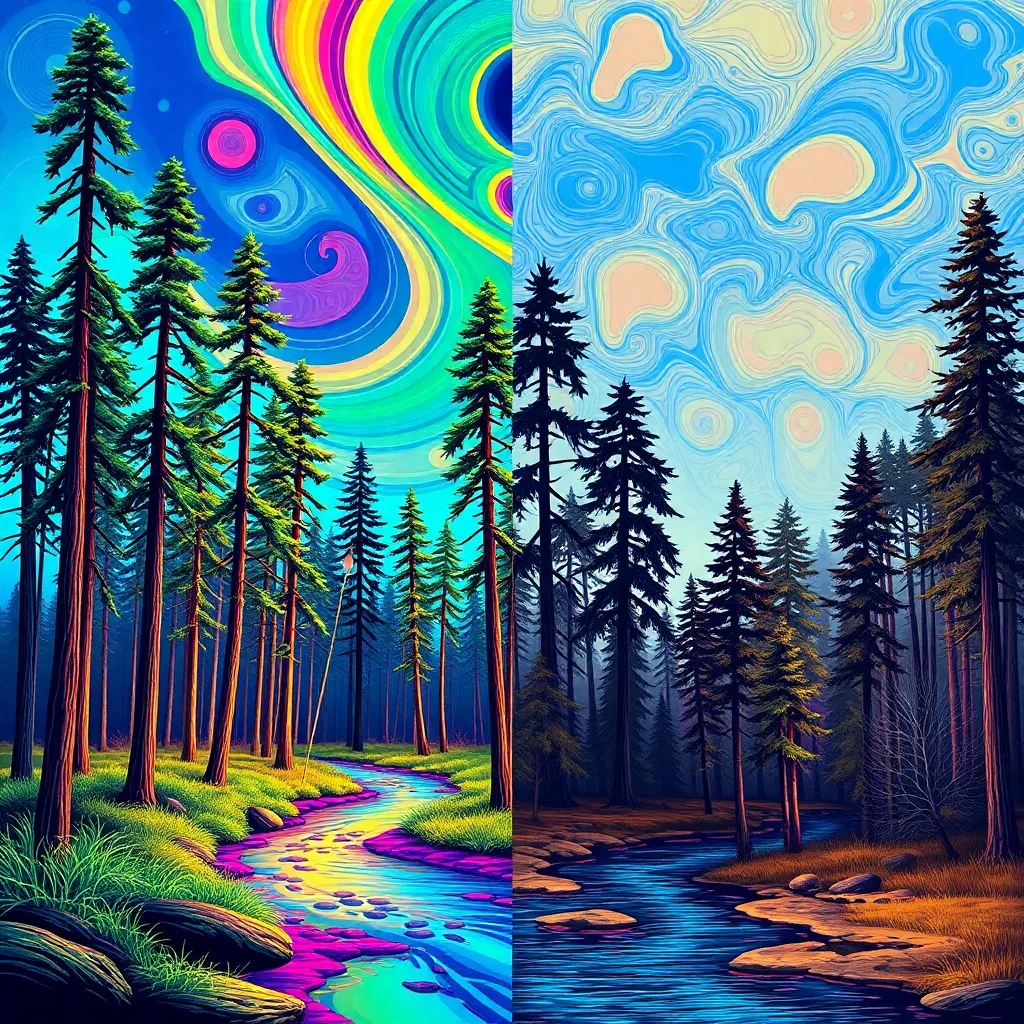
Style
Trippy Illustration is a bold visual style that infuses photos with vibrant, surreal, and psychedelic elements. Characterized by swirling neon colors, abstract shapes, and dreamlike imagery, this effect transforms ordinary images into eye-catching, mind-bending works of art. Widely popular in music, fashion, publishing, and modern interior design, Trippy Illustration style is favored by creatives looking to evoke a sense of wonder, fantasy, or altered perception.
Train AI Image Models
Train a unique character from your own everyday photos, apply the ready to use Trippy Illustration AI Image Generator to generate interesting and eye-catching images.
Starting point for AI training is set of your images. More images of same character can be added to improve the model.
Apply ready to use styles and effects on pretrained model or use custom prompt to generate images.
Images generated from the pretrained model
Use our Photomatic AI image generator to produce stunning visuals in the Trippy Illustration style. Experiment with psychedelic colors and surreal patterns to make your images truly unforgettable. Try it now and explore the limits of your imagination!
Generate your own AI images with Trippy Illustration effects
Trippy Illustration style is a visually electrifying effect that transforms ordinary photos into surreal, psychedelic masterpieces. Rooted in the psychedelic art movement of the late 1960s and early 1970s, this style is defined by swirling neon colors, warped shapes, and dreamlike or hallucinatory imagery. Early trippy art was influenced by the counterculture movement, music posters, and album covers, with artists like Wes Wilson, Victor Moscoso, and Peter Max pioneering the genre. Today, the style draws inspiration from both vintage psychedelia and contemporary digital art, blending analog techniques with modern digital manipulation to create mesmerizing, mind-expanding visuals.
Trippy Illustration is not just about bright colors—it’s about bending reality, evoking altered states of consciousness, and inviting viewers to step into a world where the normal rules of perception do not apply. This style remains a favorite among artists, designers, and photographers who want to push creative boundaries and leave a lasting impression.
The Trippy Illustration style is embraced by a diverse range of creatives and industries:
Trippy Illustration style enhances photos in several compelling ways:
Trippy Illustration style is highly versatile, with impactful use cases across creative fields:
Psychedelic and electronic music frequently leverage trippy illustration for album artwork, communicating the experimental and boundary-pushing nature of the sound. The swirling neon colors and abstract forms create an immediate association with mind-altering experiences, making the music visually memorable.
Music festivals, raves, and underground parties use trippy posters to set the tone for immersive, high-energy experiences. The melting patterns, surreal figures, and neon palettes evoke a sense of excitement and anticipation, enticing audiences to participate.
Science fiction and surreal literature benefit from trippy illustration by visually hinting at the narrative’s themes of alternate realities, time distortion, or cosmic exploration. The style’s dreamlike quality appeals to readers seeking the extraordinary.
For modern homes and eclectic interiors, trippy wall art serves as a bold centerpiece. Hypnotic spirals and dreamlike figures create a unique atmosphere, turning a living space into a gallery of imagination.
Articles exploring dreams, consciousness, or altered states are enriched by trippy illustrations. Melting clocks, floating creatures, and surreal landscapes visually represent abstract concepts, making complex ideas more accessible and engaging.
Streetwear and festival clothing featuring trippy illustration patterns appeal to fashion-forward individuals and festival-goers. Neon kaleidoscopic designs and abstract shapes create wearable art that stands out in crowds and on social media.
Conclusion:
Trippy Illustration style is a dynamic, attention-grabbing effect that transforms images into bold, surreal works of art. Whether you’re designing for music, literature, fashion, or editorial, this style offers limitless potential for creativity and self-expression. With the rise of AI-generated art and accessible digital tools, anyone can experiment with trippy effects and unlock new dimensions in visual storytelling. Embrace the psychedelic spirit and let your imagination run wild!
Automate your image generation with AI Agents
Trippy Illustration style is a visual effect marked by vibrant colors, surreal imagery, and psychedelic patterns. Inspired by 1960s and 1970s psychedelic art, it transforms images into bold, mind-bending visuals, often evoking a sense of altered reality or dreamlike wonder.
You can apply the Trippy Illustration style using digital art tools, AI generators, or photo editing software that offers psychedelic or surreal presets. This style works well for album covers, posters, editorial illustrations, apparel design, and wall art.
Trippy Illustration style enhances music-related visuals, literature covers, editorial content about dreams or the mind, fashion apparel, and modern interior design. It’s especially effective when you want to grab attention or evoke a sense of fantasy and creativity.
Yes! Many AI image generators and mobile apps offer trippy and psychedelic filters or templates, enabling anyone to apply this effect with minimal effort. Experiment with different patterns, colors, and distortions to create unique visuals.
Absolutely. Trippy Illustration style is widely used in commercial design, from music and event promotion to apparel and editorial content. Its bold, recognizable look can help brands and creators stand out in crowded markets.
Let us help you automate your marketing tasks. Our platform allows you to create custom AI chatbots, agents, and workflows that can handle a wide range of tasks, from customer support to content generation.
Generate professional marketing visuals in seconds. Our AI creates stunning images that maintain brand consistency across all your campaigns without expensive design services.
Produce large volumes of customized content efficiently. Create hundreds of images, blog posts, and marketing materials simultaneously with our AI automation workflows.
Train AI models on your brand assets to create unique, on-brand visuals for any campaign. Maintain consistent visual identity across all marketing channels with character training technology.
Glitch Art Style is a visually striking effect characterized by digital distortions, pixelation, color shifts, and visual artifacts, evoking the aesthetics of c...
Illustration Style is a vibrant and expressive visual effect that transforms photographs into artwork reminiscent of hand-drawn or digital illustrations. This s...
Illustrated Pop Style is a visually striking color and illustration effect that infuses photos with bold outlines, vivid colors, and graphic elements inspired b...

